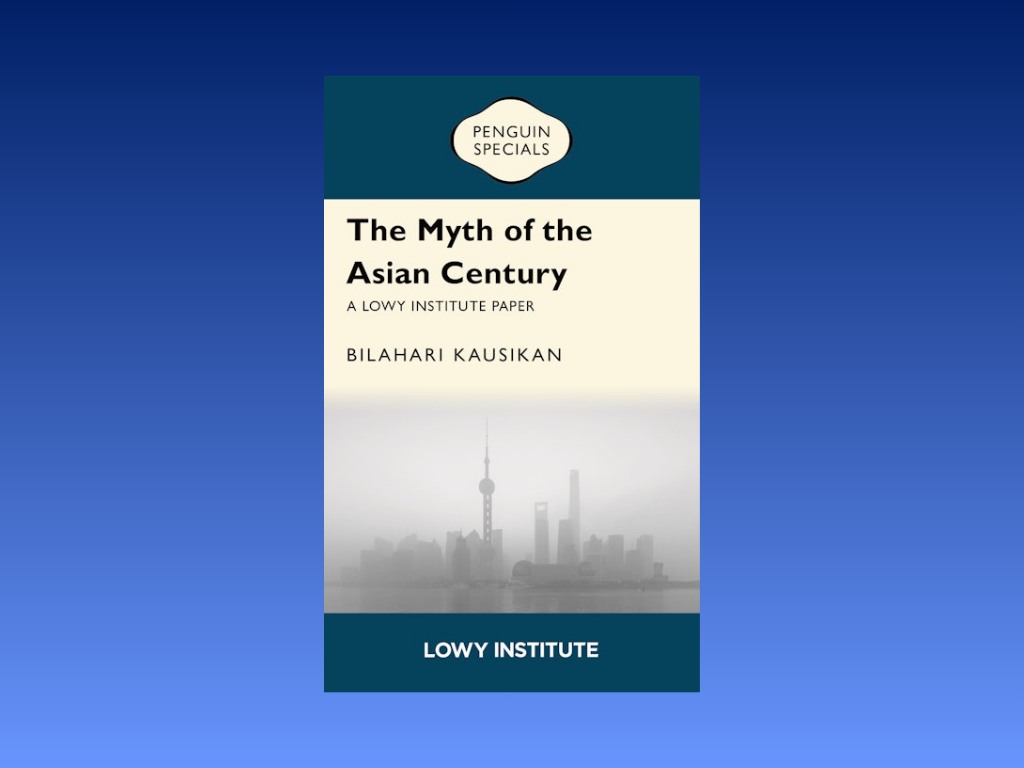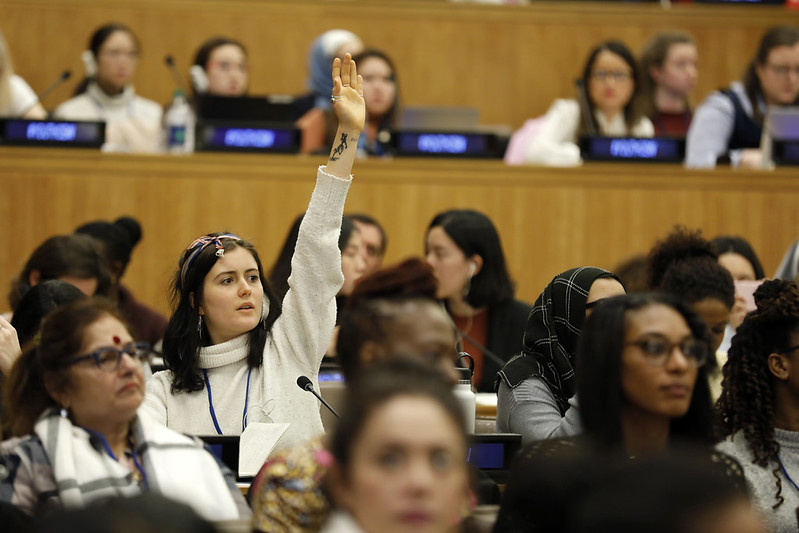Bilahari Kausikan’s The Myth of the Asian Century challenges the popular idea that the twenty-first century belongs to Asia, arguing that such narratives mask the region’s internal diversity and shifting power balances. Drawing on his extensive diplomatic experience, Kausikan contends that framing the era as an “Asian Century” risks entrenching zero-sum thinking and exacerbating strategic tensions between the United States and China.
Despite 37 years in his nation’s foreign service and a reputation as a keen observer of global affairs, Bilahari Kausikan now describes himself simply as a “Singaporean pensioner.” He seems to delight in undermining common assumptions.
His recent Lowy Institute paper, The Myth of the Asian Century, which a diligent reader can get through in a few hours, is an obvious example. Kausikan starts this extended essay by unpacking the concept of “Asia”, reminding or informing us that what we understand as this region has shifted according to geopolitical priorities, often to serve as an “other” for the West.
Indeed, according to Kausikan, “the noun ‘Asia’ and its adjective ‘Asian’ simplify and conceal the complexities of this vast continent,” and it is more helpful to think of Asia as a complex patchwork of individual countries than an internally coherent whole.
To speak then, of an “Asian Century” is shorthand for the emergence of only one part of Asia. Japan has had its day, India is “too far behind and too internally incoherent to matter much,” and successful countries in Southeast Asia are “too small” individually to represent the rise of an entire continent. In most accounts, the “Asian Century” currently intimates a rising China, with “the West,” a clumsy moniker for the United States in decline.
The term, according to Kausikan, is thus an oversimplification, often appropriated by Beijing and fed to people who “are not familiar with Asian history or interested in international affairs.” It’s also an invitation to more sophisticated thinkers to “suspend their critical faculties by instilling a sense of fatalistic inevitability” that China will lead the 21st Century.
Kausikan reminds us, however, that in our era of strategic competition, interdependence still matters. China and the United States are both mixed economies seeking to dominate the current system of international trade and interstate relations, but neither is seeking to upend it completely. This is not the type of Cold War in which one power can “crush” the other without damaging itself. How much one can rise without the other is, then, an open question.
After a chapter tracking Asian development, much of the paper is spent evaluating and dismissing the propositions that either China is likely to rise to a position of overwhelming dominance or the United States will decline to a point where it loses influence in the region. Kausikan quickly mentions the familiar demographic and economic difficulties China faces. However, he also points out that the self-important narratives that Beijing uses to motivate the Chinese population makes its diplomacy “clumsy and tone-deaf,” a crucial limitation on its power.
Meanwhile, the charge that the United States under the Trump administration is now an unreliable actor in the region is framed more as a continuation of US policy than a shift. Unlike Western Europe, which has treated its alliance with the United States as a “crutch,” most Asian countries, including treaty allies, have been socialised since the American abandonment of South Vietnam to deal “with the United States more on the basis of common interests than the illusion of common values.”
Where Kausikan is at his most cutting is in rejecting the binaries that he sees adopted by thinkers steeped in Western traditions of International Relations. Notions of particular Asian nations “choosing” or being “lost” to either China or the United States are treated with contempt. The notion that other Asian nations are in danger of succumbing to China’s overwhelming economic attraction is:
“an insulting and ethnocentric attitude as it assumes that we ‘natives’ are so venal as to sell our national interests for a mess of pottage or so stupid as not to know our own interests in the first place.“
This informs his statement that Chinese attempts at economic coercion—from South Korea to Japan to the Philippines to Australia—have not changed the basic strategic orientation of major countries in the region.
Instead, Kausikan argues that most Asian nations have long defined their interests in various contexts and that they are perfectly comfortable “simultaneously hedging, balancing, and bandwagoning in different domains vis-à-vis external powers.” Asian governments see no contradiction in trading with one power while training with another.
While explicitly treated as part of Asia, Australia here is an “exception” in a region where other nations practice “polygamous or omnidirectional” diplomacy. This is why, according to Kausikan, “Australians seem to feel more keenly betrayed than America’s other Asian allies now that their true love no longer feels obliged to reciprocate their feelings.”
I do wonder whether recent Australian practice aligns with this observation, given Anthony Albanese’s meeting with Donald Trump at the White House. At least at an elite level, Australia is arguably showing greater sophistication in engaging China while pursuing interest-based diplomacy with its larger ally. Moreover, it is doing so while focusing on its near abroad, deepening its relations with smaller Asian actors.
Nevertheless, as Australia seems set to embark on yet another round of examining our “Asia capability,” there is a lot we can learn from this little book, particularly in terms of how international relations actually work elsewhere in our region.
One of the biggest lessons that this book might impart, however, is that if “Asia” is a simplistic concept, our very notions of “Asia capability” might be inadequate. “Asia,” says Kausikan, “is a messy place, and a frame of mind that seeks to impose orderly answers on disorderly reality can lead to dubious conclusions. Better to embrace the contradictions.”
This is a review of Bilahari Kausikan’s The Myth of the Asian Century (Penguin Random House Australia, 2025).
Dr Bryce Wakefield is the CEO of the Australian Institute of International Affairs and a Visiting Fellow at the Australian National University. He has lived, worked and researched in the United States, Japan, Europe and New Zealand. He trained as a political scientist with particular expertise in International Relations and the international affairs of East Asia.
This article is published under a Creative Commons license and may be republished with attribution.





